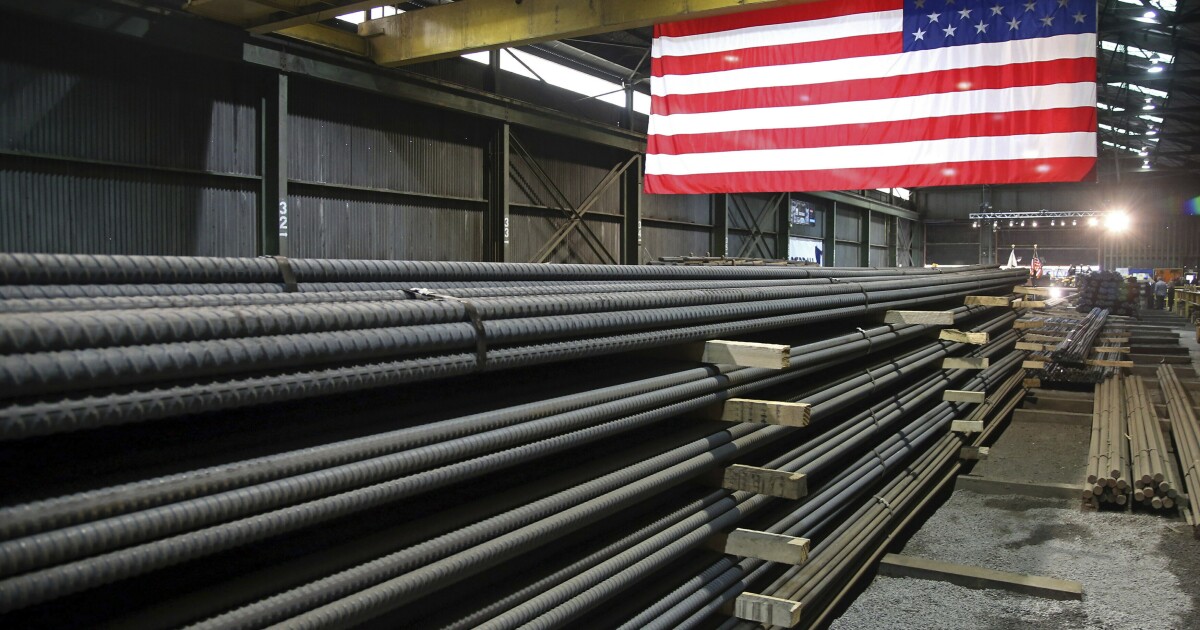

The United States is running low on a critical component for electric cars and other key technologies.
Electrical steel is an extraordinarily thin metal alloy that is needed for electromagnetic devices like motors, generators, and transformers, according to Science Direct. Aside from critical energy infrastructure, the material is needed for washing machines, power tools, air conditioners, and electric cars, according to the Wall Street Journal.
STEEL COMPANY TO MAKE $5.5M INVESTMENT IN ALABAMA
With a government push to transition from gas-powered vehicles to electric ones, electrical steel is surging in demand, and supply is facing difficulties catching up.
Electrical steel makes up less than 1% of all steel produced annually, and the difficulty in producing it discourages many potential manufacturers.
The highest-grade electrical steel is less than a quarter of a millimeter thick, and its production requires skilled technicians.
“It takes intense focus. You have to have absolute consistency or you scrap the material,” David Stickler, a steel investor, told the Wall Street Journal.
Demand is so mismatched from the supply that the wait time to obtain electrical steel can be up to a year.
Metals Technology Consulting Inc., an Illinois-based consulting firm, estimated that demand would outpace supply by roughly 1 million metric tons per year by 2030 if action isn’t taken to boost production greatly. The total U.S. supply of electrical steel is projected to equal 116,000 tons by 2024.
Several major companies are looking to rectify the problem. U.S. Steel and Cleveland Cliffs are scrambling to boost production and open new plants to match the expected demand. But, as industry experts stress, the process isn’t as simple as opening new plants on a whim.
CLICK HERE TO READ MORE FROM THE WASHINGTON EXAMINER
“You can’t just buy the equipment and start making electrical steel. Those who’ve made the investment will have an advantage for the next five to 10 years,” Stickler said.
The U.S. will also have to compete with foreign producers, from which it already imports roughly 80% of its steel.





